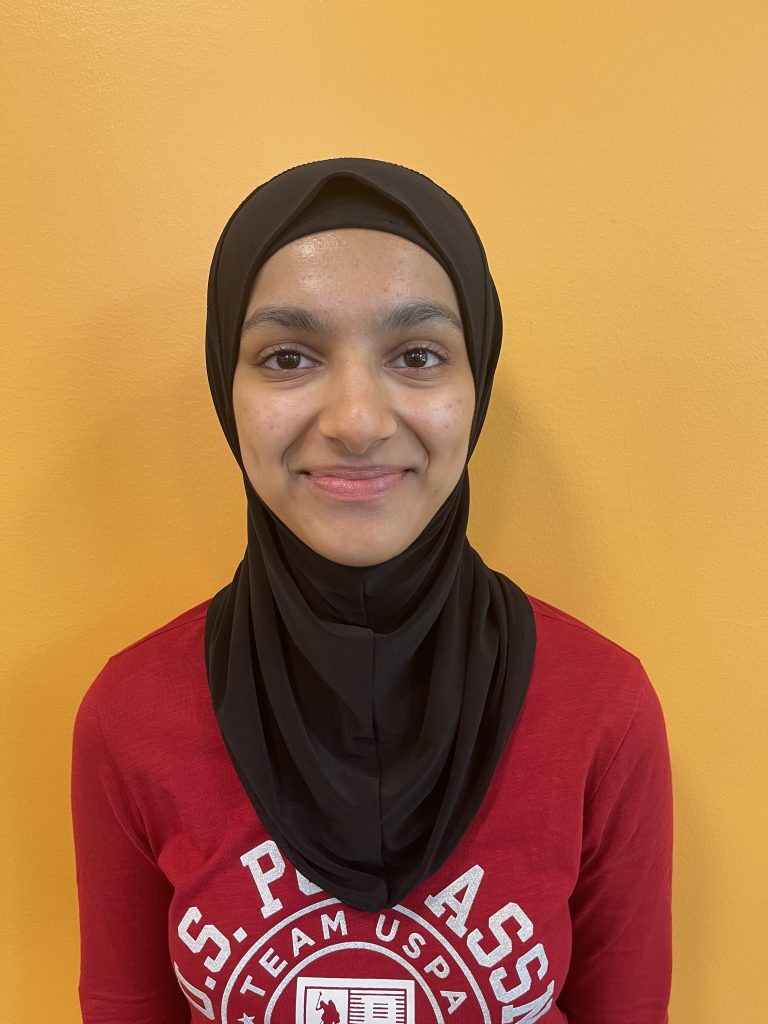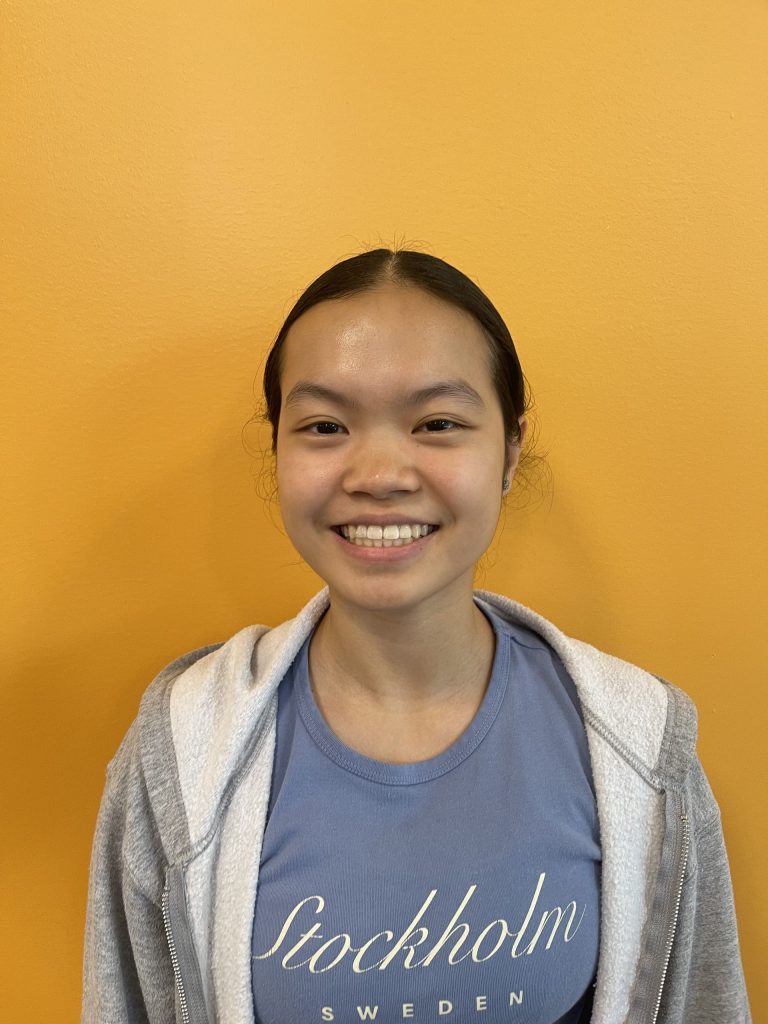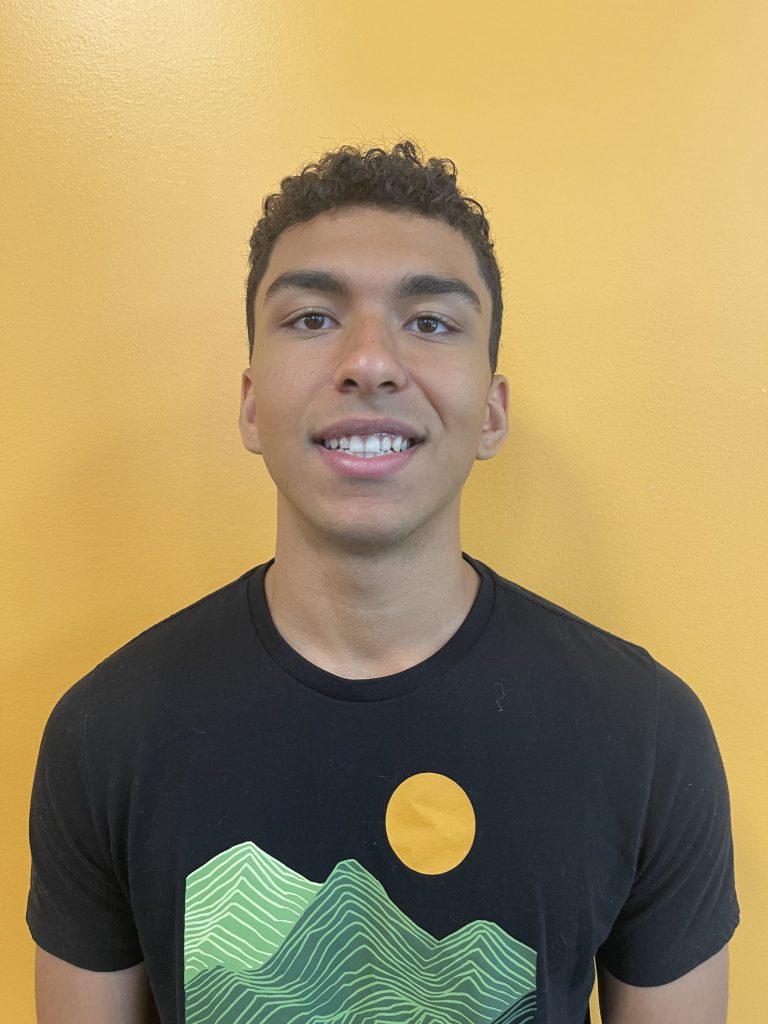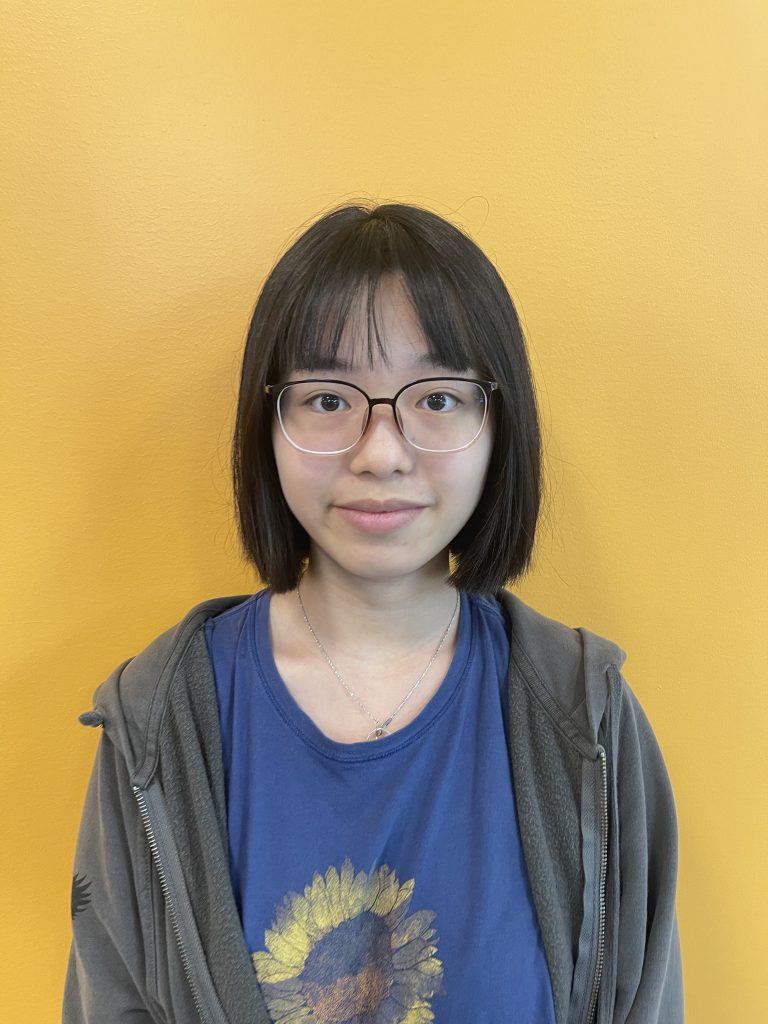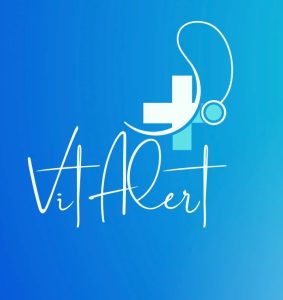
Abstract
Motivated by our deep personal connection to family members coping with health conditions and lacking adequate monitoring, we embarked on a mission to develop a solution that could enhance healthcare monitoring, emergency response, and personalized healthcare. Our team created a wearable device equipped with advanced sensors and communication technology, capable of sending real-time alerts to caregivers, family members, or even medical professionals, prompting timely medical attention during critical situations. Looking ahead, this technology has the potential to revolutionize healthcare by relieving caregivers of their burdens and providing families with peace of mind regarding the health of their loved ones. Moreover, it may empower individuals to take proactive control of their health and well-being, fostering a healthier and safer lifestyle.
Problem Statement
The issue we wanted to solve was to create a caregiver alert system that would enhance user safety, enable early intervention, and monitor users’ vitals. We believe that this device would be applicable to a wide range of scenarios, from helping families or caregivers monitor users with chronic cardiovascular diseases to parents wishing to remotely monitor their children when they are sick.
Ideation Phase
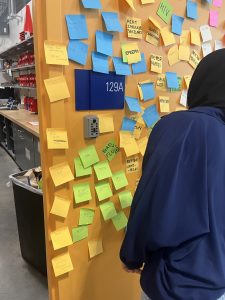
As we discussed global problems, the team initially focused on environmental and health-care related issues. We started a Google doc, listing all of the issues that we wanted to help resolve. After discussing possible solutions to various problems we realized we wanted to focus on monitoring children with fevers to prevent fever induced seizures. However, as we delved deeper into biological monitoring systems, we realized that our tech solution was not limited to aid just children. Our tech solution had the capability to help more people. As a result of this realization, we decided our tech solution would monitor temperature and heart rate to assess whether or not the user should seek medical attention.

Although we didn’t use AI to help us with the ideation process, we did use it to guide us into and out of product development. By asking Chatgpt well-developed questions, we got instructions on how we could implement our solution through microcontrollers, sensors, and Bluetooth. Later, AI also helped our team trouble shoot our sensors as well as our application with hypothetical roadblocks we may have met.
The following are some of the ideas / problems we did not select:
Environmental
- Floating wetlands
- Solar-powered water aeration system
- Oil spill cleanup robot
- Marine Debris Tracking device
- Water filtration using Biochar
- Smart rainwater harvesting system recycling system Automated irrigation controlSolar-powered ventilation system
Health:
- Smart maternity monitor
- Neonatal vital signs monitor
- Pneumatic Diagnostic device
- Mechanical Doppler ultrasound device
- Muscle Activation Syste
Mind Map

As we decided to focus on the healthcare issues, we brainstormed ways to improve it and decided to enhance patient care through technology by designing a wearable device.
Final Design and Testing Results
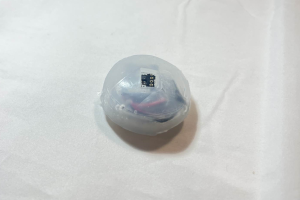
This is our first prototype model of VitAlert.
PRODUCT COMPONENTS
MAX30102
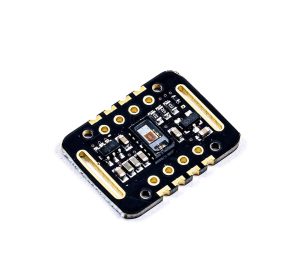 When looking for sensors, we had several criteria. Our sensors had to be…
When looking for sensors, we had several criteria. Our sensors had to be…
- accurate
- affordable
- and compatible with our microcontroller
Initially, we explored implementing more than one sensor; however, we soon realized that we could take advantage of SparkFun Max30102’s performance optimizing temperature sensor typically used to measure the temperature of the sensor itself. Which eliminated any need for other sensors. By utilizing only one sensor, we can lower production costs, seamlessly integrate our sensor data into the app, and decrease the size of our product.
XIAO ESP32C3
The Xiao Esp32c3 microcontroller was an ideal choice for our device because of its small form factor, affordable pricing, and Bluetooth capabilities. When integrated with Max30102 , our heart rate and temperature sensor, the 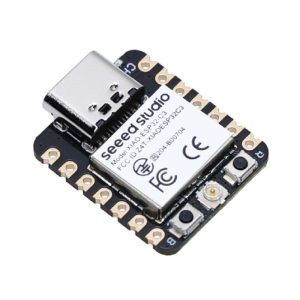 microcontroller acquires and processes the data from the sensor and communicates it to the app using the onboard Bluetooth transmission chip. This microcontroller plays a crucial role in VitAlert as it acts as the central data hub conveying the data from the sensors to the app, providing our customers with a user-friendly experience
microcontroller acquires and processes the data from the sensor and communicates it to the app using the onboard Bluetooth transmission chip. This microcontroller plays a crucial role in VitAlert as it acts as the central data hub conveying the data from the sensors to the app, providing our customers with a user-friendly experience
MIT App Inventor

To create an app with Bluetooth-connectivity within the given time frame of the program, we referred to using MIT App Inventor, a web application developer that designs Android-supported apps. The application scan sand connects to the VitAlert device via the built-in Bluetooth capabilities of the XIAO ESP32C3 microcontroller. It displays the sensor readings transmitted from the Max30102 sensor and sends the user and their family warnings whenever the sensor readings become alarming. To tailor the app to each individual, the app asks for user information that alters the “highs” and the “lows” that will trigger the warnings/alerts.
Testing Data with XIAOESP32C3

We tested the device’s sensor by raising/lowering the “temperature”, resulting in warning notifications from the app and text messages being sent. We would be able to get vibration after the temperature passed a certain Fahrenheit (the user can customize this according to their need and specific circumstances)
Silicone Packaging
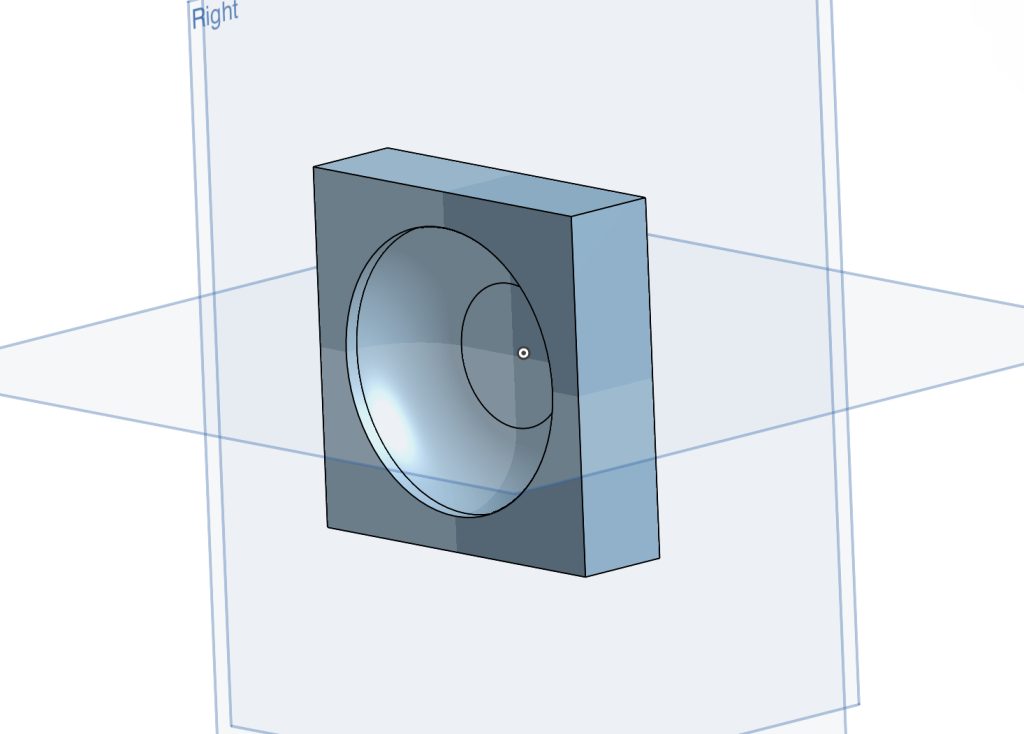
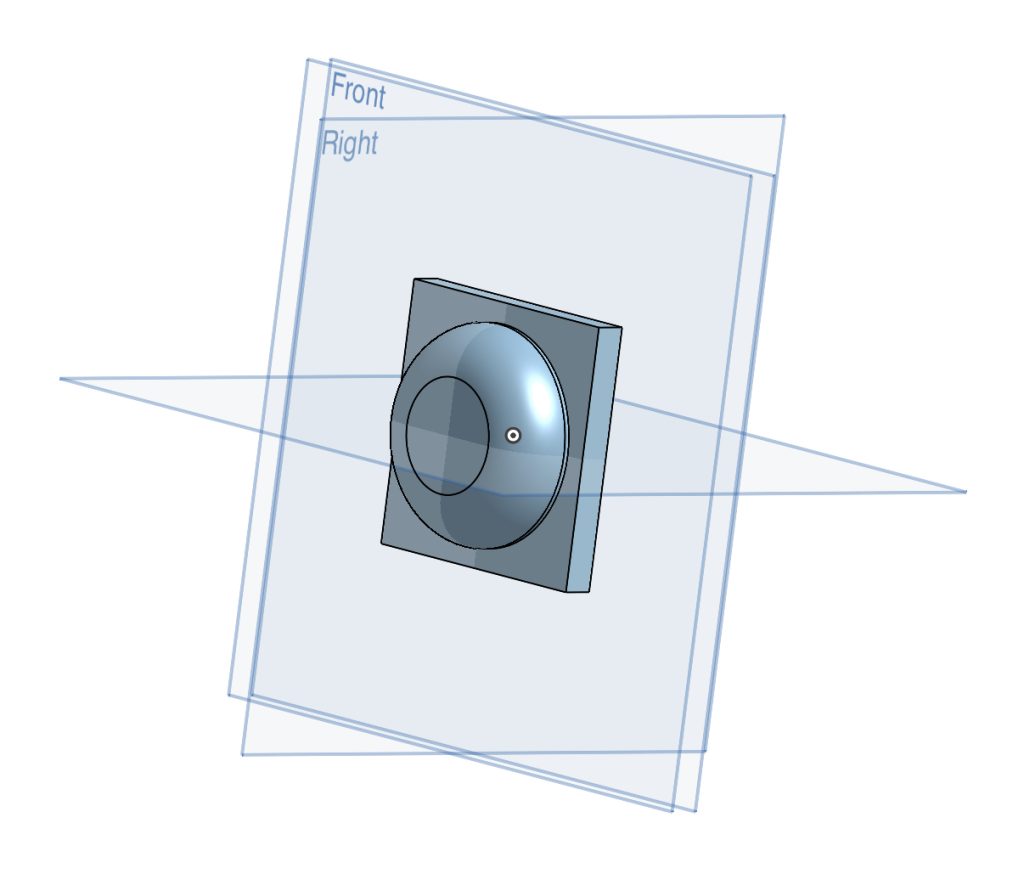
For packaging, we chose to enclose the machinery in silicone because of its flexibility, comfortability, and affordability. We 3-D printed various sizes of molds to create an appropriately sized shell in which we could enclose our machinery. After figuring out what sized shell was right and inserted the machinery into it, we sealed the shell onto a flat piece of silicone that had a hole carved into it to allow for the sensor to have skin contact for accurate readings.
Video Presentation
Conclusions
MLEX’s wearable sensor device opens up a wide variety of possible applications in monitoring the health of patients and users. Through its small size, accompanied app, and flexible packaging, Vitalex would be a comfortable and beneficial to many who wish to monitor body vitals and take care of their loved ones.
However, in the future, here are some areas where we wish to improve in:
- Sensors: the MAX30102 had difficulty transmitting data on its blood oxygen concentration readings. With more time, sensors, or other sensors, we hope to expand the number of vitals the device is able to record and monitor accurately.
- Application: Given that MIT App Inventor only creates Android-supported applications, we hope to create iOS supported apps so that iOS users are also able to access and view the data collected by the sensors.
- Packaging: While flexible, soft, and comfortable silicone is not very durable, making it vulnerable to wear and tear after continuous use. Additionally, cured silicone has created difficulty adhering to other surfaces, making the adhesion of the device covering difficult. In the future, we hope to accompany the silicone with plastic packaging and utilize band aids similar to insulin patches to ensure adhesiveness over long periods of time.
References and Works Cited
[1] https://professional.heart.org/-/media/PHD-Files-2/Science-News/2/2021-Heart-and-Stroke-Stat-Update/2021_Stat_Update_factsheet_Older_and_CVD.pdf
[2] https://www.analog.com/media/en/technical-documentation/data-sheets/MAX30102.pdf
Meet the Team
Click on our photos below to learn more about us and to connect.
Manahil Kashif
Laura Ouyang
Elijah Tuner
Xinyue Zhang
